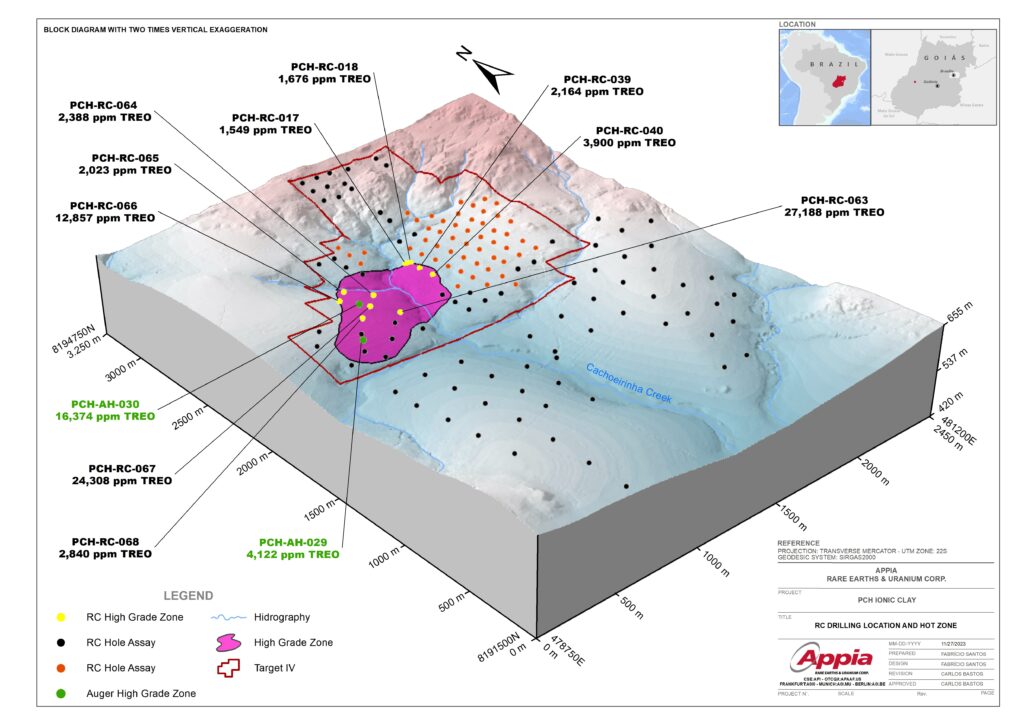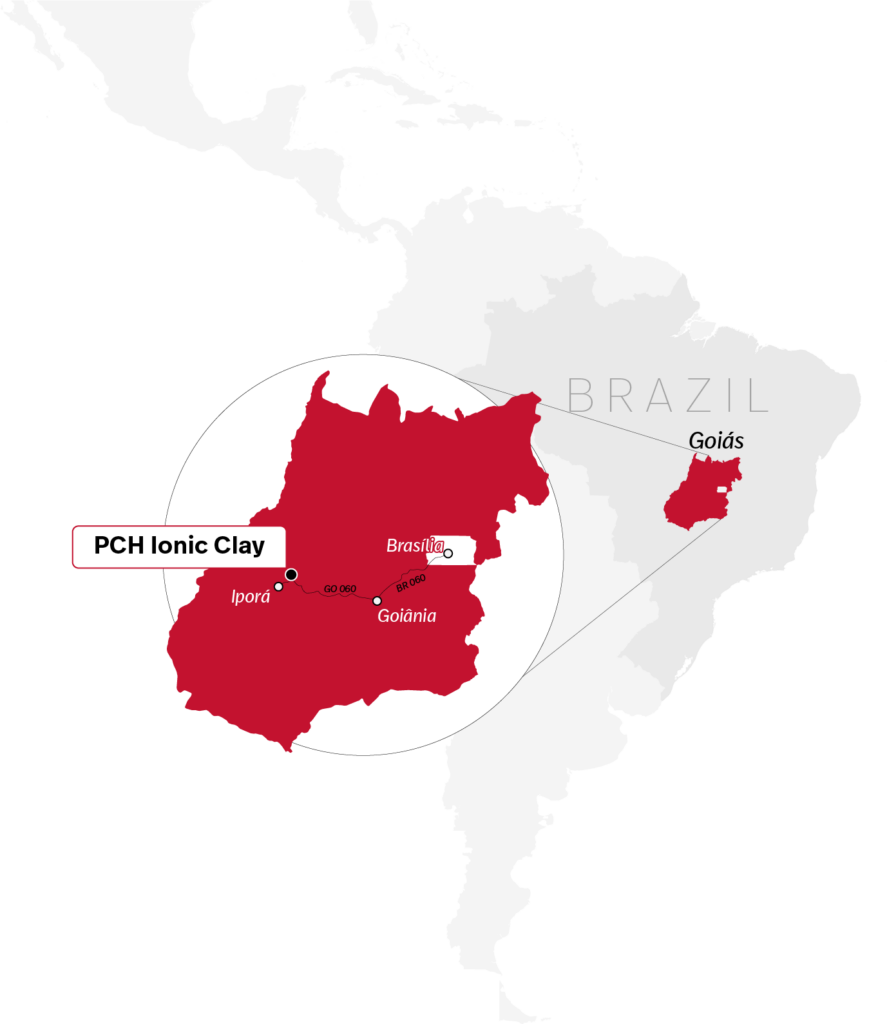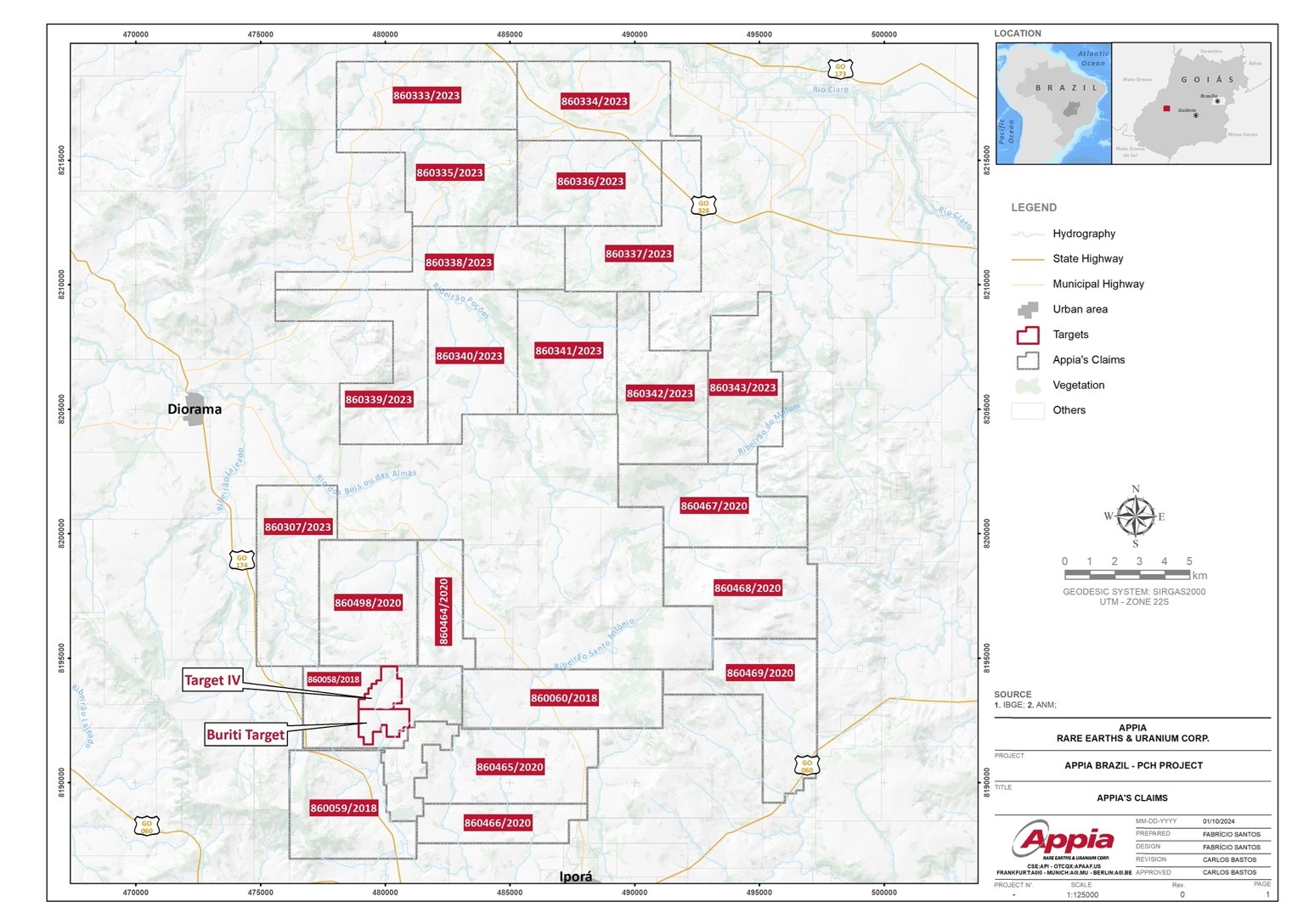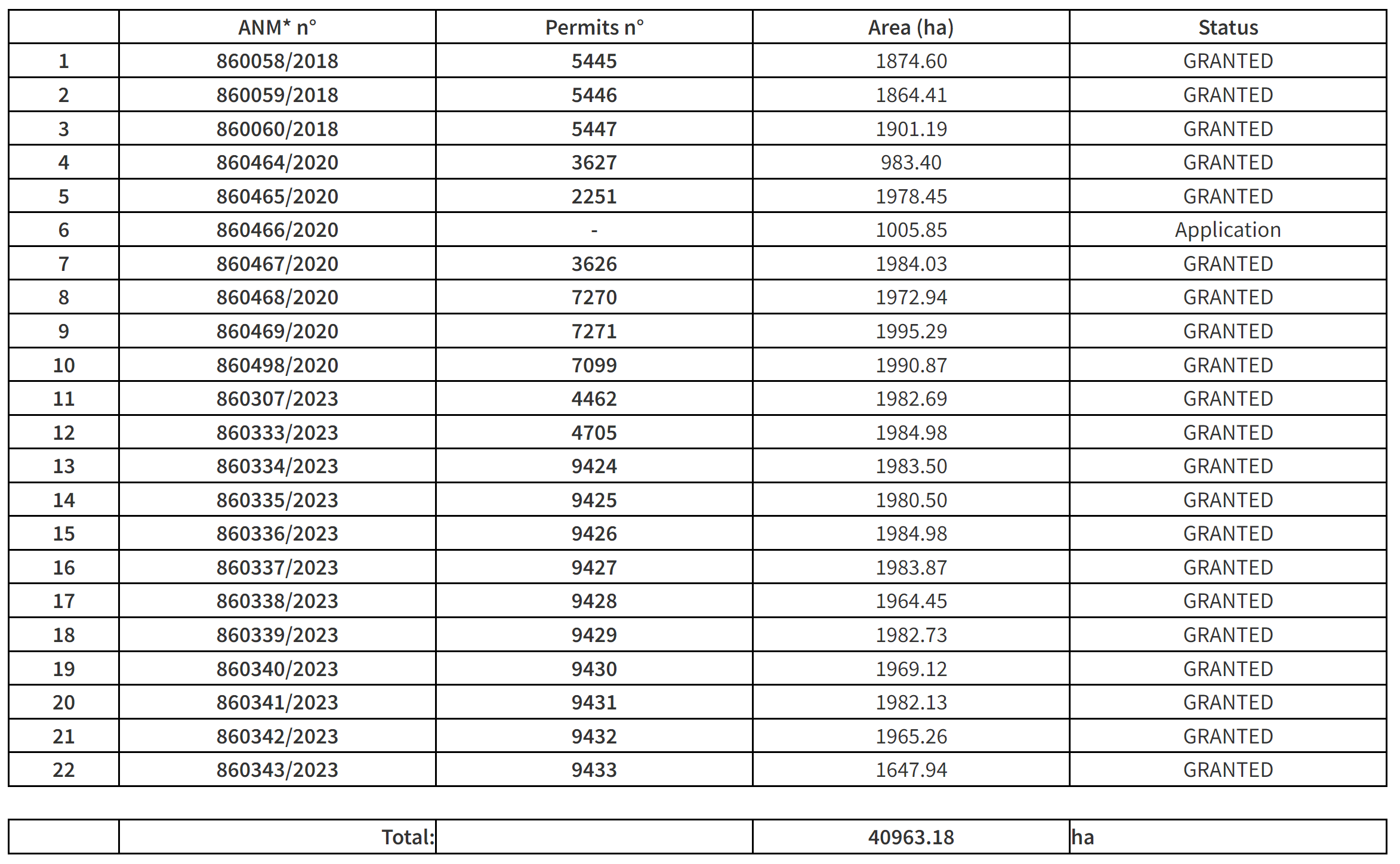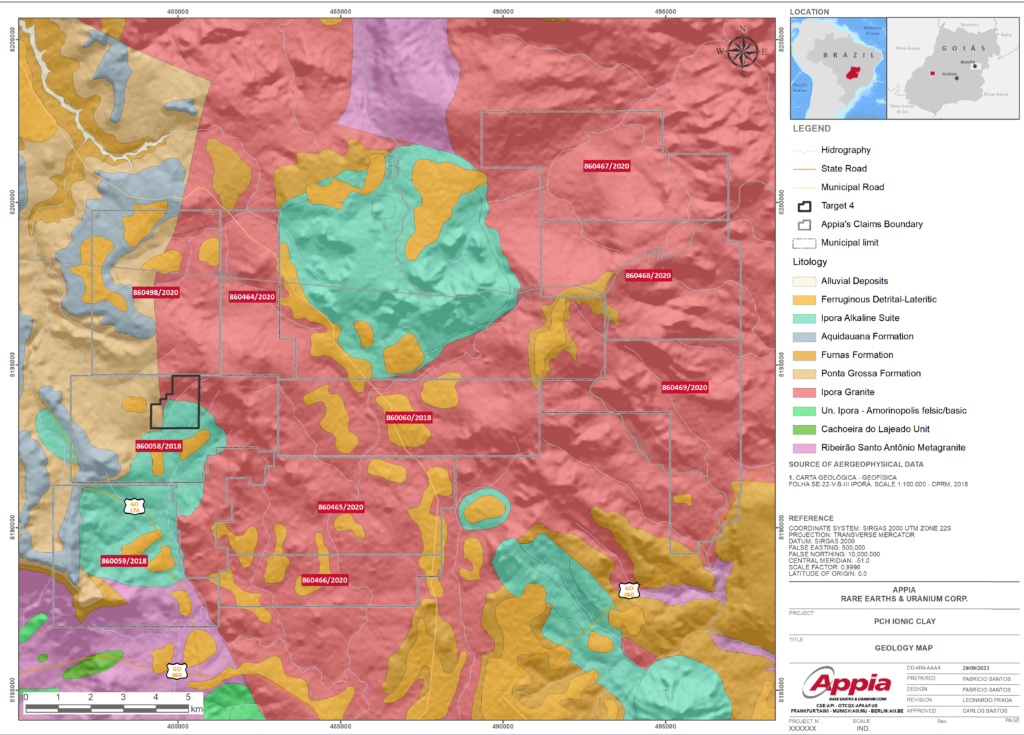Situated in the heart of Goiás state, Brazil, the PCH Ionic Clay Project offers a strategic location just 216 km from Goiânia, the state capital, and a mere 410 km from Brasília, the nation’s capital. The project is conveniently positioned approximately 30 km from Iporá, a vibrant mid-size city with a population of around 31,500, as per the 2018 census, ensuring easy access to a skilled labour pool.
Accessing the property from Iporá is ideal, due to a well-developed network of regional roads. These roads offer a blend of hard and gravel surfaces, ensuring smooth and reliable transportation. Within the property boundaries, exists a well-maintained network of gravel-surfaced rural roads and unsurfaced farm roads that provide excellent project accessibility.
In addition to its strategic location, the presence of power and water adds to the project’s economic significance and underscores the potential for long-term resource extraction. The project is well-equipped to harness these resources while maintaining environmental responsibility and compliance with relevant regulations.
Furthermore, the property holds the promise of yielding valuable niobium and scandium resources, providing a multifaceted opportunity for growth and resource recovery.



